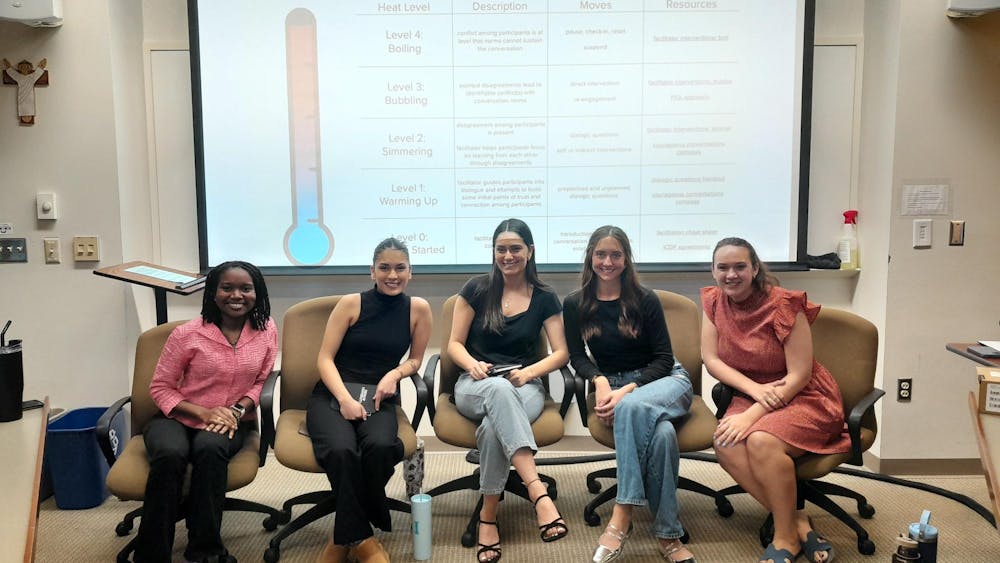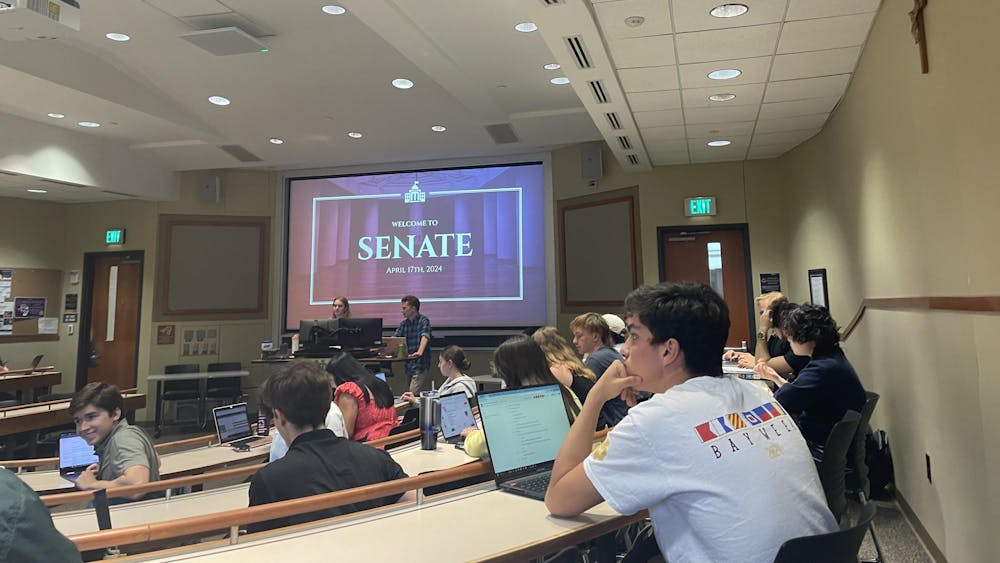Assistant professor of sociology at Cornell University Paromita Sanyal spoke to an audience packed in the Hesburgh Center for International Studies on Tuesday afternoon in a lecture entitled "Credit to Capabilities: Microcredit through a Sociological Lens.” The lecture centered on Sanyal’s sociological research on the microcredit industry, which provides minimal loans to impoverished people, and its impact on women in developing nations.
“Economists and anthropologists have already produced a great amount of literature on this subject, but sociology can help ask and answer a whole new host of questions” Sanyal said. “Microcredit, if you look at it sociologically, is a paradox of continuity and change.”
Sociology can help determine the mechanism by which women are given agency, academic jargon for control, by the microcredit and loan process, Sanyal said. Specifically, she investigated whether women are empowered by the purely financial consequences of microloans or if the effect of association in microcredit groups leads to greater female agency.
“SHGs, or self help groups, are a group-based lending model and the focus of my research” Sanyal said. “The components of SHGs include membership of between 10 and 20 people, weekly meetings and peer assessment and monitoring.”
In conducting her research, Sanyal interviewed 400 female members of various SHGs in West Bengal, India.
“I found that 49 percent of them gained agency by mechanisms of association, 9 percent via financial mechanisms and 42 percent gained no agency” Sanyal said.
In order for financial mechanisms to increase agency, a number of preconditions must be met, including that the recipient women must maintain sole control over the loans, live in nuclear households and have husbands with weak incomes, Sanyal said.
“The preconditions for success of associational mechanism are face-to-face group meetings, regular participation and strong leadership," she said. "… Suppressing factors are household structure, cultural ideology within the community and rigid masculinity.”
Sanyal said many social benefits spring from increased agency for women.
“Civic participation, collective action, awareness, physical mobility and domestic power all follow from agency,” Sanyal said.
Sanyal also noted a growing dichotomy in the microcredit industry between commercialized and philanthropic microloans.
“Commercialized microcredit has run away from the SHG structure by treating women as individual clients with less group meetings and consequently less associational benefits,” Sanyal said.
“Entrepreneurship and bargaining work for a negligible minority … but associational mechanisms are the predominant pathway to women’s agency," she said. "Microcredit in this way can be a preventative policy for descents into poverty.”













